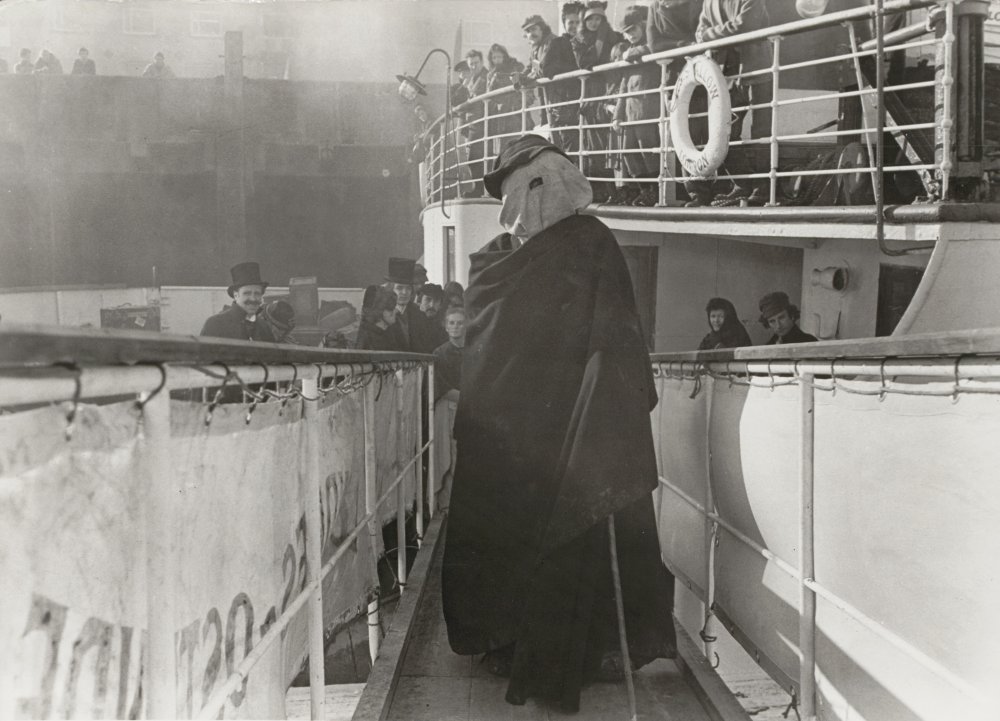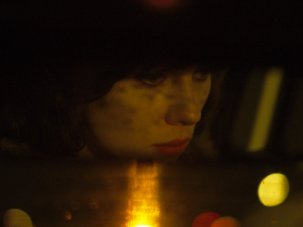Spoiler alert: this review discusses the ending of the film.
In 1884, the ‘freak’ John Merrick was discovered in a booth in the Mile End Road by Frederick Treves, chief surgeon at the London Hospital. The Elephant Man (Columbia-EMI-Warner), David Lynch’s part-fantastic, part-factual reworking of the subsequent course of Merrick’s life, accurately records that, after buying his temporary release, Treves’ first act was to display the grossly deformed Merrick, an incurable victim of von Recklinghausen’s disease, before another audience, the sober medical gentlemen of the teaching college at which he lectured on anatomy.
USA/UK 1980
PG 124 mins approx
Director David Lynch
Cast
John Merrick John Hurt
Frederick Treves Anthony Hopkins
Mrs Kendal Anne Bancroft
Carr Gomm John Gielgud
Mrs Mothershead Wendy Hiller
Original UK release date 9 October 1980
UK re-release date 13 March 2020
Distributor Studiocanal
studiocanalslate.co.uk
► Trailer
The film, which on one level at least may be said to proceed by the modern equivalent of a series of detailed, rather grandiose Victorian painted tableaux, carries Treves, with whom we are encouraged to identify, on a journey from shocked incomprehension (“I pray to God he is an idiot,” Treves observes with misplaced solicitude), through pity to compassion.
In keeping with the moral tone of the world so fastidiously and effectively recreated (production design: Stuart Craig), the journey is in many ways remarkably straightforward. Lynch’s key episodes – the first meeting between the nervous, well-drilled Merrick and the sceptically polite hospital governor; Merrick’s teatime visit to the Treves’ home, with the drawing-room mantelpiece adorned with photographs of the absent children – appeal to the heart with no sense that they are, in these cynical times, attempting an unfashionable feat. Indeed, the film as a whole succeeds in synthesising an old-fashioned, optimistic populism with a judiciously restrained streak of mysticism: a reflection of Lynch’s privileged leap from Eraserhead, his first independent feature, squarely into the lap of an ‘industry’ production company.
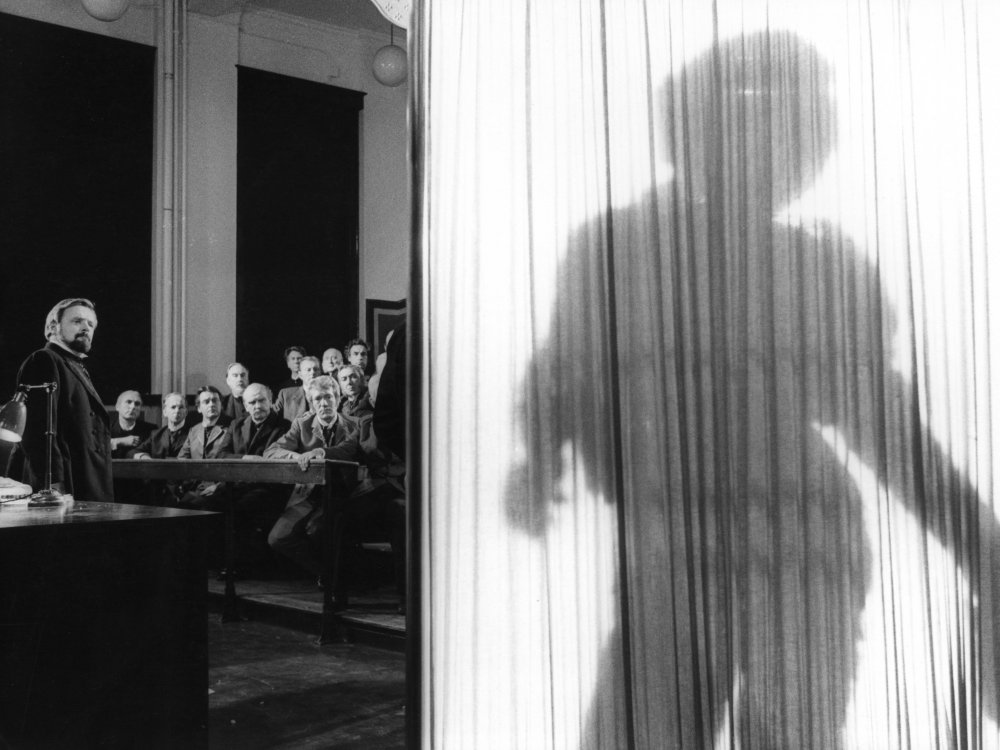
Installed in a side room at the London Hospital, Merrick slowly emerges from his body’s shell and reveals himself not so much a wild child – though his keeper, with the fictional name of ‘Bytes’, treats him as such with a mixture of indifferent cruelty and the sort of maudlin sentimentality the Victorians reserved for kitchen dogs – as a tabula rasa. Approached with kindness, for reasons which range from the plain good-heartedness of the initially fearful nurse Nora to the matron Mrs Mothershead’s sense of duty, John Merrick rapidly assumes the manners of the society he can only join by proxy; and these, because they are merely copied, slowly turn into a grotesque and perhaps, in the American director’s view, ironically accurate parody.
The Elephant Man, filmed in black and white in the Panavision format, its tones reflecting a false certainty, holds up to judgment, in particular, two aspects of Victorian England. The notion, embroidered throughout, that industrial and medical progress will one day cure the world’s ills is given the lie most effectively in an early, deliberately emblematic scene: Treves and a colleague are operating in primitively insanitary conditions on the victim of an industrial accident. “We are seeing more and more of these accidents,” Treves says. Quite so, but if our knowledge of hygiene has improved, our control of our machines – and the film accents energy- and effluent-producing machines – has in a sense diminished.
Secondly, the representation of Merrick himself (played with a remarkably undemonstrative dignity by John Hurt) – with his head the size of a man’s waist, his crooked mouth, useless right arm and body covered with lavalike eruptions – provokes complex questions about the nature of voyeurism, ‘wonderment’, and ‘scientific’ observation. The society beauties and titled couples who politely visit Merrick in his tiny room are in essence, it is intimated, really no different from the tipsy, gawking hordes, led by the plausibly contemporary porter (he seems, subjectively perhaps, notably contemporary for the depth of his heartlessness), who come at night to abuse the unprotected cripple.
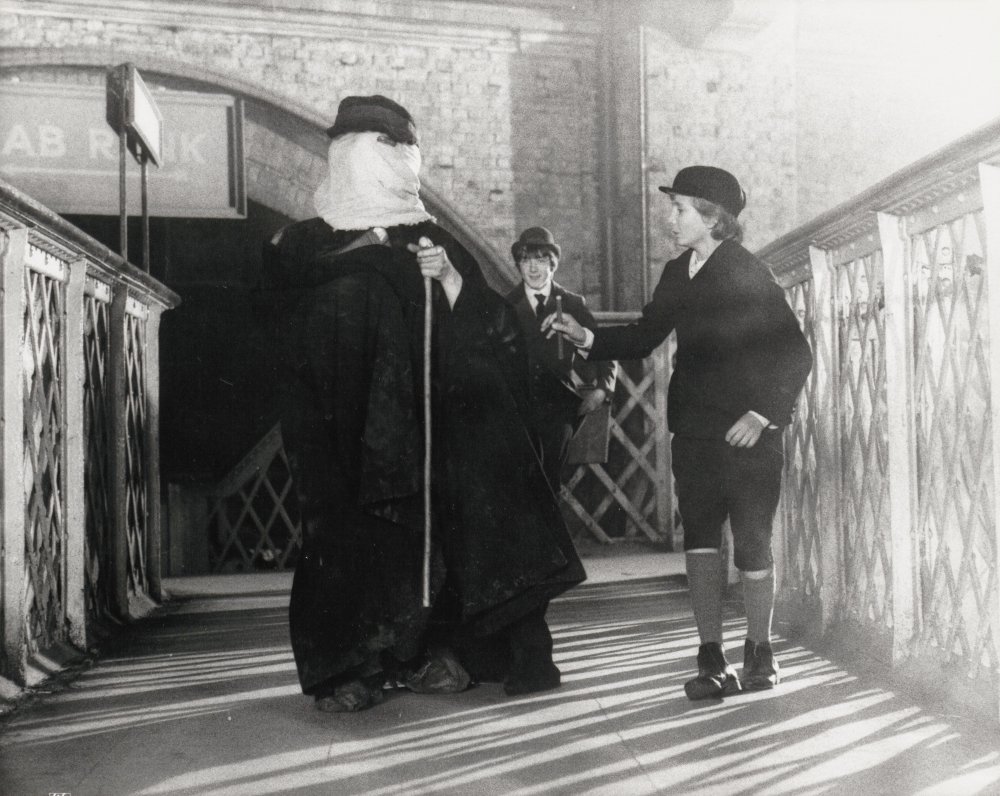
Credit: BFI National Archive
Written by Lynch, Christopher de Vore and Eric Bergren, The Elephant Man is, however, chiefly a tale of an affliction borne, and of the growth of the sentimental – yet nevertheless moving – friendship between Merrick and Treves (Anthony Hopkins). At the end, before Merrick commits suicide knowing himself to be dying after the punishment of his recapture by Bytes, and wishing just once to lie flat in bed like an ‘ordinary’ person (an act which suffocates him), Treves acknowledges with a look that the man he had once wished an idiot in order that he should not comprehend the enormity of his body has in fact taught him, as an equal, the value of friendship. Charity is icy without it.
The film delves, too, into the question of how the Victorians dealt with the unacceptable and the inexplicable. The former – like the slaving automatons that literally keep the hospital, and by extension society itself, functioning – are not so much hidden as invisibly to hand. The inexplicably ‘inhuman’ – “I cannot cure you,” Treves frankly admits to Merrick; thereby in a sense denying the basis of his calling – are filleted of their humanity and reclassified as dressed-up and mounted ‘attractions’.
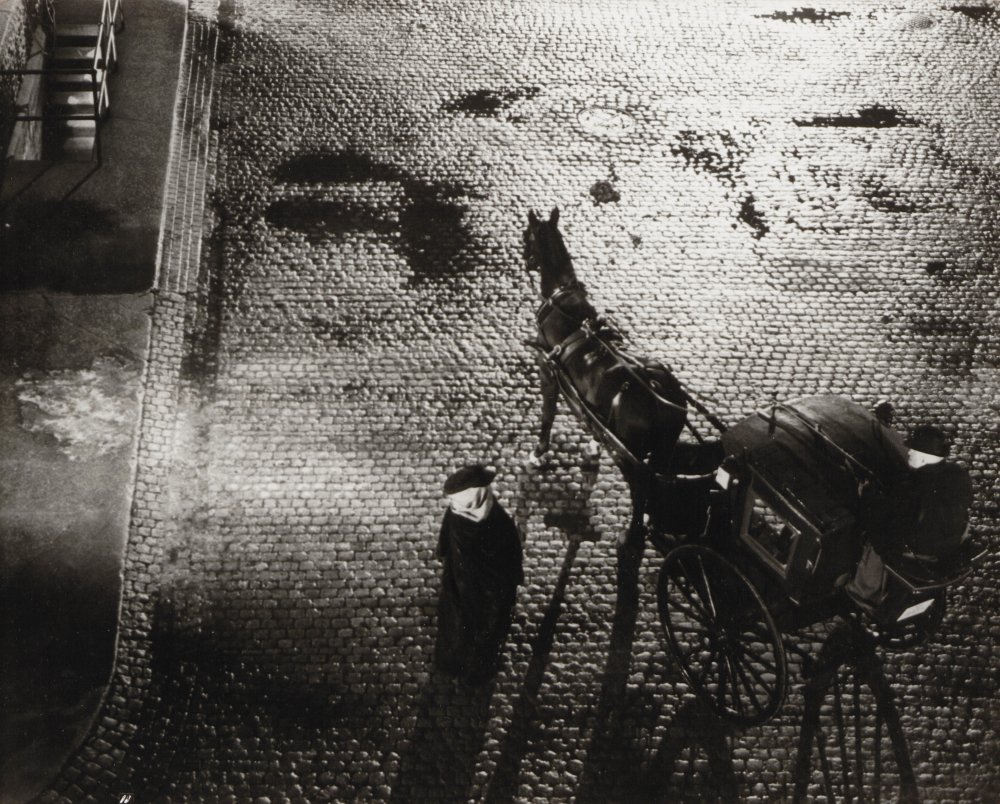
Credit: BFI National Archive
Merrick’s singularity, however, was that he was something more: the extent of his monstrosity placed him beyond the classifiable pale; he called into question the stability of even this new, post-Darwinian world. In Lynch’s Victorian society, John Merrick is – for all his almost palpable substance (and Christopher Tucker and Wally Schneiderman’s makeup design and application are both real and ordinary) – a troubling, unknowable wraith. His longings, for friendship and acceptance, and his sentimental, childlike gratitude, for a silver walking-stick, a case of ivory toilet articles, for having a beautiful mother who might still be proud of him (knowing he has friends like the settled Mr and Mrs Treves), disturbingly echo the spirit of the age. His optimism is both pathetic and demonstrably unfounded.
In a wider sense, perhaps, his life is a simple testimony to the power of theatre (or film) to metamorphose the mundane or the grotesque into something wholly mysterious. The doctors, awestruck by the sight of Merrick the ‘specimen’, are moved to hide their confusion by applauding Treves’ ‘showmanship’; and, in a framing sequence, the audience at the surreal pantomime – Puss-in-Boots played, it appears, among the stars – which Merrick attends with his almost patroness Princess Alexandra are moved to applaud their own magnanimity in ‘accepting’ Merrick, for a moment, into their own closed society. Both audiences are curiously uncurious: creatures of reflex rather than reflection. The dying Merrick hears his mother’s voice – “Nothing ever dies” – and the filmmaker might be adding “Particularly the fear and loathing of ‘monsters’ whose appearance periodically compels us to question our normality.”
-
The 100 Greatest Films of All Time 2012

In our biggest ever film critics’ poll, the list of best movies ever made has a new top film, ending the 50-year reign of Citizen Kane.
Wednesday 1 August 2012
-
The best films now on UK streaming services

Looking for the best new cinema releases available on British VOD platforms? Here’s our guide to how to keep up with the latest movies while you’re...
-
The Digital Edition and Archive quick link
Log in here to your digital edition and archive subscription, take a look at the packages on offer and buy a subscription.




